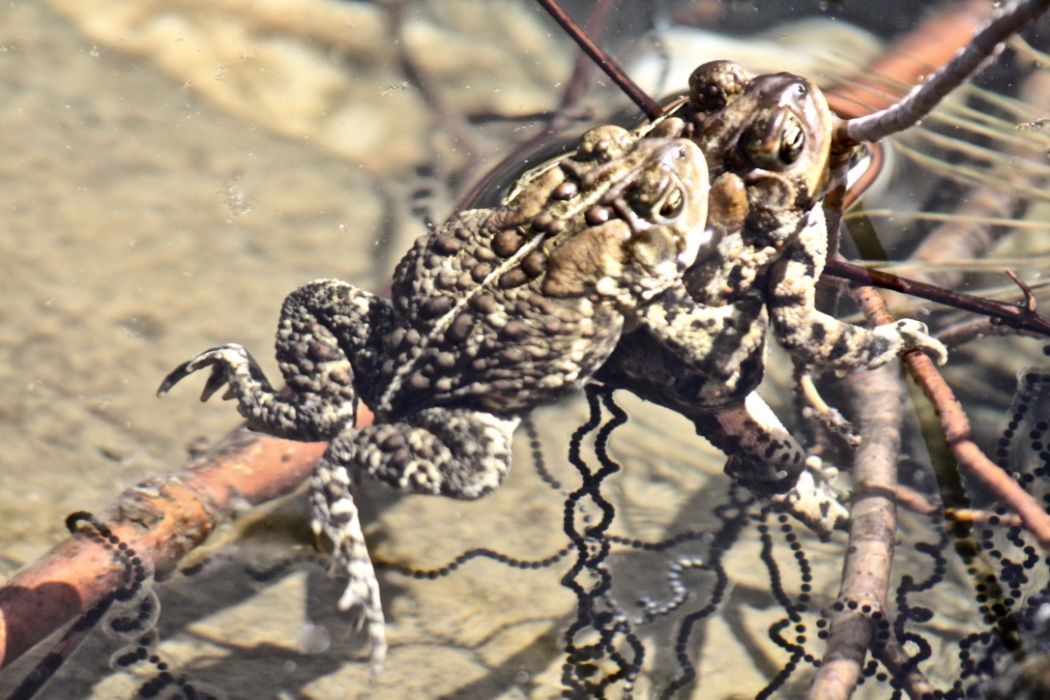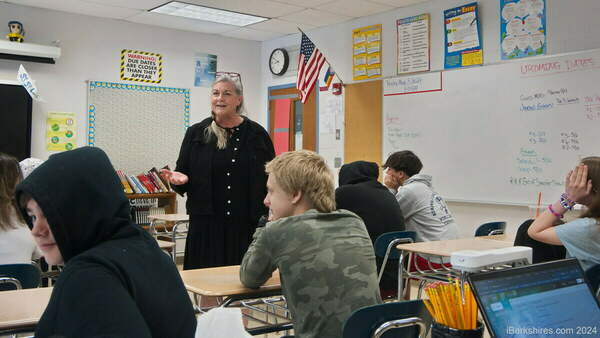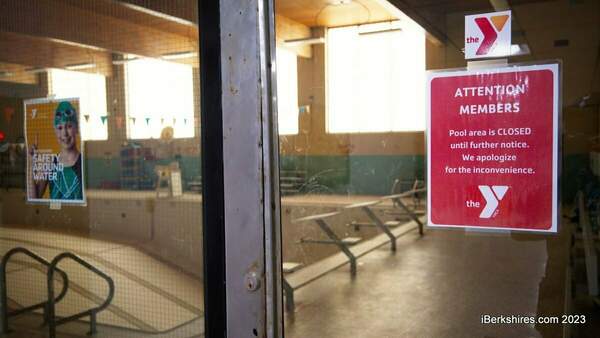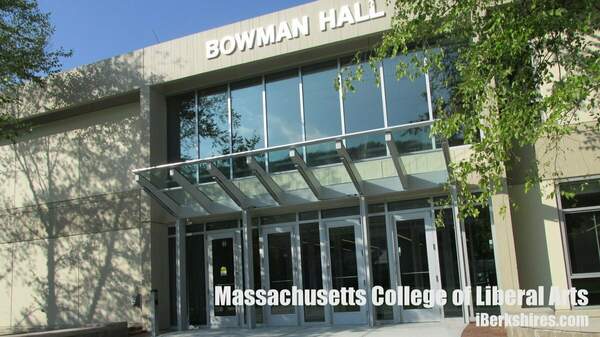iBerkshire Briefs: Food Project, Bona Victory, Solar Array
Bona Victory 'Bittersweet'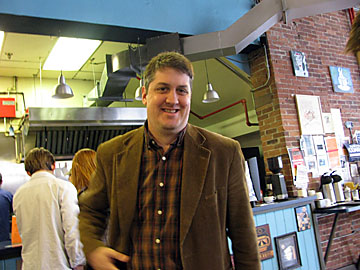 Keith Bona's ready to rejoin the council after emerging vicotorious from the weekend's recount. |
"It's bittersweet," said Bona on Monday morning at the Cup & Saucer. "As much as I feel good about winning, I feel bad about David's loss."
The two candidates placed ninth and 10th in the Nov. 3 general election, separated by three votes. Bona called for a recount that was done by hand on Saturday and Sunday morning.
After checking more than 5,000 ballots and more than 11,000 blanks, Lamarre and Bona switched places, with Bona picking up enough extra votes — two! — to become the ninth councilor.
"I was joking, 'what's a couple of votes,' " he said. "This is a couple of votes."
Bona's admitted he didn't do much campaigning compared to Lamarre; all his efforts were focused on getting Richard Alcombright elected mayor, as part of Alcombright's campaign.
"I figured he'd win by a 1,000 votes and I'd be on the edge."
He figured pretty close.
Bona's hoping to become involved with art and economic development initiatives — such as a council subcommittee or liaision to the Massachusetts Museum of Contemporary Art — because of his background as a graphic designer and businessman.
Turkey Comes Early with Food Project
The project offers free lunches weekdays and puts on a Thanksgiving lunch. This year, Chris Bonnivier, chef at Gala Restaurant in Williamstown, spearheaded the the dinner as a way for he and his colleagues to help the community. The dinner offered everything from turkey to Florida Mountain turnip to pumpkin pie.
Williamstown Solar Project A Go
WILLIAMSTOWN, Mass. — The town's Public Works Department should go solar within the month.
The Selectmen on Monday approved a matching grant through the Clean Energy Choice Program to purchase and install a 16.38 kilowatt photovoltaic system on the town garage.
The funding for the grant includes $65,000 appropriated at the last annual town meeting and $49,011.49 accumulated through the town's clean energy fund by residents signing up to purchase green energy through National Grid.
"After some bumps in the road, we're ready to proceed with the project," said DPW Director Timothy Kaiser.
The town had hoped to install a 25 kW system but learned as the bids were being opened in October that the state grant program had run dry; the town would have had to make up more than $20,000.
The Commonwealth Solar Rebate Program had gone through its entire $68 million in funding a full two years ahead of schedule, said Kaiser, which sent the town back to the drawing board for a smaller system.
This one has a deadline, too, because the Clean Energy Choice Program's been canceled as of the start of the current fiscal year. The Green Communities Act now covers a number of other alternative energy programs instead. Towns have until Nov. 30 to use up all the clean-energy funds they've accumulated.
Kaiser said the array should generate up to 18,000 kilowatts a year, or about a third of the department's electric use. The payback is about 18 years, but a new state program expected to start this coming year will allow clean-energy users to sell their power at a guaranteed 30 cents a kW. That will reduce payback time to six years.
Selectwoman Jane Allen, a member of the town's Carbon Dioxide Lowering, or COOL, Committee said she was glad to see the project finally begin. "This has been a real roller coaster."
Kaiser agreed, noting "the stress of losing the other grant program."
"This on it's own is still a good bargain, a great value for the town and a project we can be proud of," he said.

.jpeg)
